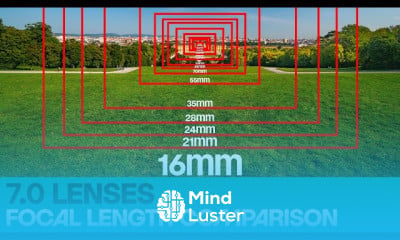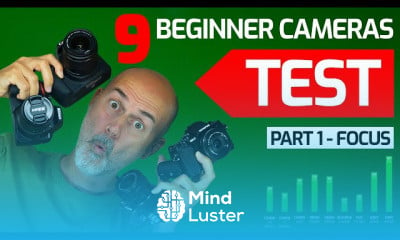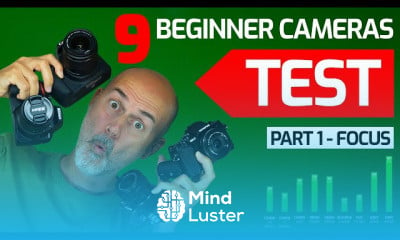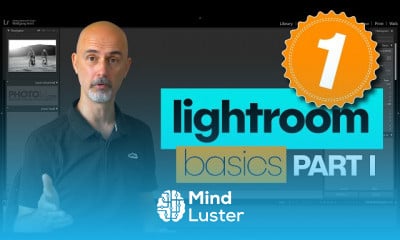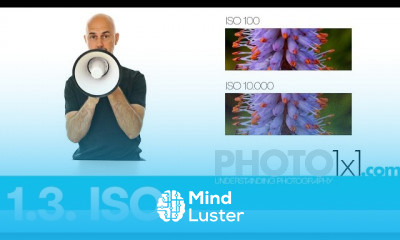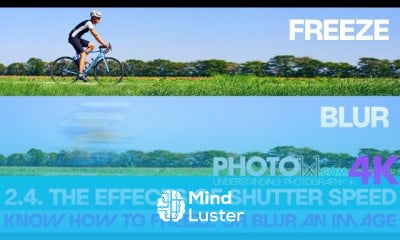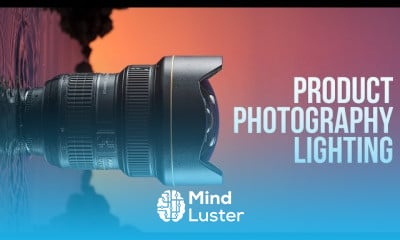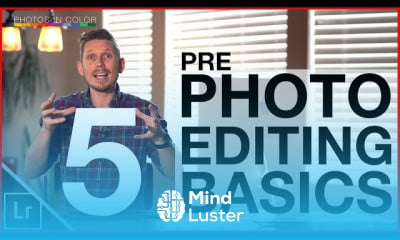EASY Step by Step Photography Tutorial for at home How to photograph an Apple on White Background
Share your inquiries now with community members
Click Here
Sign up Now
Lessons List | 4
Lesson
Comments
Related Courses in Photography
Course Description
How does aperture affect depth of field?
The f-stops work as inverse values, such that a small f/number (say f/2.8) corresponds to a larger or wider aperture size, which results in a shallow depth of field; conversely a large f/number (say f/16) results in a smaller or narrower aperture size and therefore a deeper depth of field. ...What does adjusting the aperture do?
A higher aperture (e.g., f/16) means less light is entering the camera. This setting is better for when you want everything in your shot to be in focus — like when you're shooting a group shot or a landscape. A lower aperture means more light is entering the camera, which is better for low-light scenarios.What happens if aperture is increased?
When you increase the aperture value the aperture opening inside the lens gets smaller, reducing the amount of light that can enter the camera. Similarly, when you decrease the aperture value the opening gets bigger, allowing more more light to enter the camera.What effect does changing the size of the aperture have on your image?
As with the shutter speed, the aperture also affects the sharpness of your picture, but in a different way. Changing the aperture changes the depth of field, the depth in a scene from foreground to background that will be sharp in a photograph. Smaller apertures increase depth of field while larger ones decrease it.Is F8 the best aperture?
F8 is a good default aperture, that gives you enough depth of field to get everything in focus. It's the ideal aperture to use when you're using a manual focusing camera (zone focusing, on a film or digital Leica/rangefinder, or any other manual lens). In today's world, I would say “P” and Be there.Which aperture gives the greatest depth of field?
The aperture is the setting that beginners typically use to control depth of field. The wider the aperture (smaller f-number f/1.4 to f/4), the shallower the depth of field. On the contrary, the smaller the aperture (large f-number: f/11 to f/22), the deeper the depth of field.
Trends
Facebook Business Page Settings
Python for AI for beginners
Natural Language Processing with Python
Tools and toolbar in Photoshop for beginners
Python programming language
MS Excel
English greetings and responses
Learning English Speaking
React Complete Series
AI fundamentals for beginners
Blockchain development essentials for beginners
Neural network optimization techniques
SUM and SUMIF function in excel
Improve english grammar skills
Excel skills for busines intermediate
creating a marketing plan tools
Introduction To Cyber Security
Daily conversational English
CSS basics for beginners
Excel Course Basic to Advanced
Recent
Python for AI for beginners
Tools and toolbar in Photoshop for beginners
Neural network optimization techniques
SUM and SUMIF function in excel
Machine learning algorithms types
Linux command line essentials
Building a hospital landing page in React JS
Salesforce certified associate
CSS basics for beginners
8x8 LED matrix with arduino for beginners
Building an arduino Light gun basics
Software testing basics for beginners
Video encoding for beginners
Computer security for beginners
Network types for beginners
Compiler optimization techniques
Software engineering basics
Audio editing basics for beginners
FFMPEG advanced techniques
Node based data structures in Java



